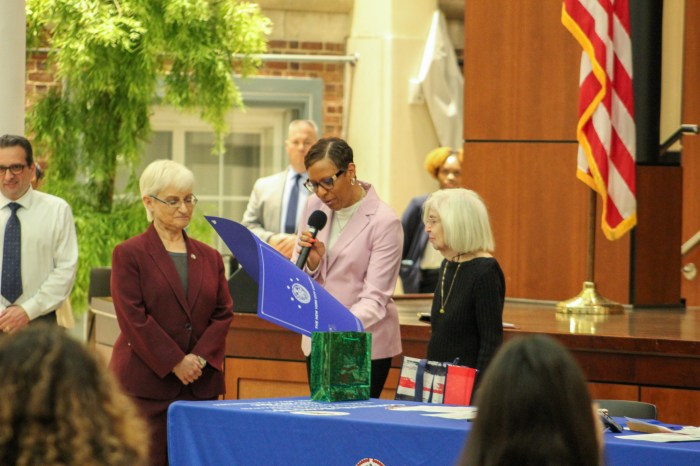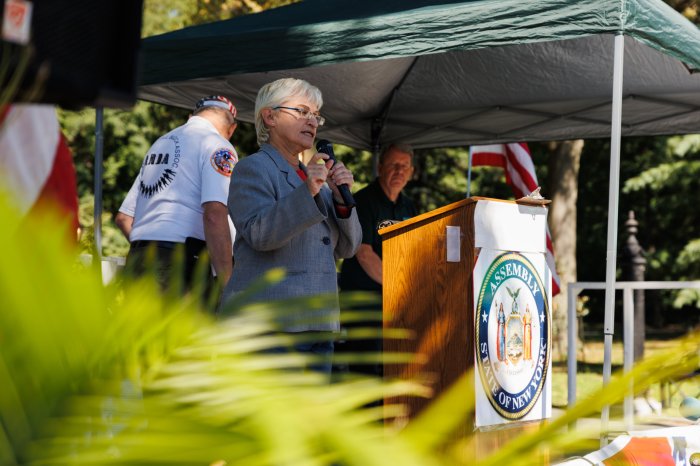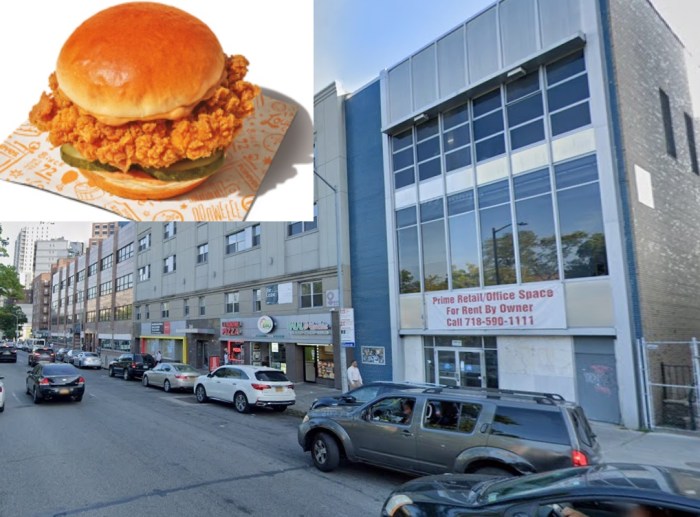By William Lewis
The election campaigns every year in New York state and especially in New York City have two parts. The first is having designating petitions circulated with the candidates’ names on them. Each political party listed on the ballot goes through the petition process.
This means that members of parties work shopping centers and go through neighborhoods obtaining the required number of signatures to obtain ballot positions for their candidates.
Getting petitions signed is not an easy job and it requires dedicated effort. It can be said, however, that gaining enough signatures to qualify your candidate is the most important part of a political campaign since not having enough signatures means the campaign will be brought to an abrupt end. There will be no campaign since the candidate who did not get on the ballot cannot run for office.
Sometimes petitions are challenged before the city Board of Elections by one candidate against the other. The challenger usually accuses the other of not having enough valid signatures from registered voters in their party. Sometimes there are hearings held before the BOE involving claims and counter claims pertaining to the validity of designating petitions.
There are petition court challenges if the BOE hearings fail to settle the dispute. A tremendous amount of time and resources can be spent in combatting petition challenges before the regular campaign starts.
Over the past years there have been complaints about the difficult petition process, but there has been little or no effort to change the system in any major way. One important reason is that the petition system separates the serious candidates from the non-serious ones.
A good example of how candidate selection should not be done occurred in California about 45 years ago when there was a school board election held with no petitions filed. There were nine positions on the school board. They would be chosen from the candidates who signed up to run in that school board election. As it turned out, there were more than 60 candidates running for the elected positions.
The election was chaotic in the sense that most of the voters did not know most of the candidates running. It seems there has to be some type of qualifying factors in the selection process if we are to get qualified, serious-minded candidates. The petition process helps to accomplish that.
The petition system can be improved by having the petition drive in April and May instead of June and July, during hot weather. The primary should be in June instead of September.
The candidates who receive the endorsement of their party’s county organization have an advantage over other candidates because candidates chosen by the county organization have their petitions printed, circulated and filed with the BOE. This procedure is a big help to county designated candidates, since it gives them more time to work on other aspects of the campaign besides petitions.
In New York City politics, petitions are a way of life. The petition system brings politics to the grassroots level and gives registered voters more of a say in the candidate selection process.
This will be a long political year with primaries for mayor in the Republican and Democratic parties with an open seat for mayor after Michael Bloomberg completes his 12 years in office. It will be an interesting election.






























